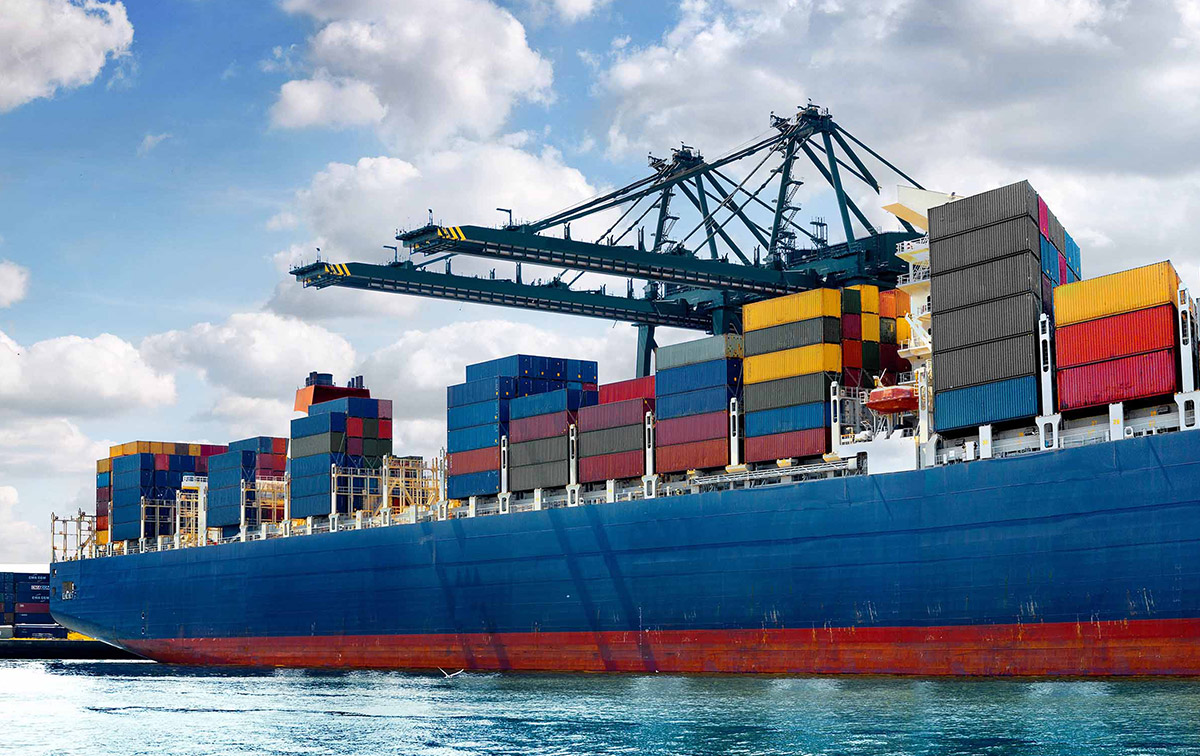Sea freight plays a crucial role in global trade, facilitating the movement of goods across continents. As businesses and individuals seek to optimize their supply chains, understanding the cost of sea freight becomes essential. In this article, we will delve into the factors that influence sea freight costs, providing valuable insights for businesses and individuals alike.
- Distance and Route:
The distance between the origin and destination ports is a significant determinant of sea freight costs. Longer distances typically result in higher shipping costs due to increased fuel consumption and time spent at sea. Additionally, the chosen route can impact costs, as certain routes may involve additional fees or require transshipment. - Container Type and Size:
The type and size of containers used for shipping goods greatly affect the cost. Different container types, such as dry containers, refrigerated containers, or open-top containers, come with varying price tags. Similarly, larger containers, such as 40-foot containers, generally incur higher costs compared to smaller ones, like 20-foot containers. - Cargo Weight and Volume:
The weight and volume of the cargo being shipped directly influence sea freight costs. Shipping heavier or bulkier goods may require specialized equipment or additional handling, resulting in higher expenses. It is crucial to accurately calculate the weight and volume of the cargo to avoid unexpected costs or delays. - Freight Class and Packaging:
The classification of the goods being shipped, based on factors like fragility, hazardousness, or perishability, can impact sea freight costs. Fragile or hazardous goods may require special handling or packaging, leading to increased expenses. Proper packaging and adherence to shipping regulations are vital to avoid additional charges or penalties. - Market Conditions and Seasonality:
Sea freight costs are subject to market conditions and seasonality. Fluctuations in fuel prices, currency exchange rates, and global demand for shipping services can all influence costs. Additionally, peak seasons, such as the holiday season, may result in higher rates due to increased demand and limited capacity.
Conclusion:
Understanding the factors that determine sea freight costs is crucial for businesses and individuals involved in international trade. By considering distance, container type, cargo weight, freight class, and market conditions, one can gain insights into the cost implications of sea freight. By optimizing shipping strategies and making informed decisions, businesses can effectively manage their supply chains and enhance their competitiveness in the global market.
